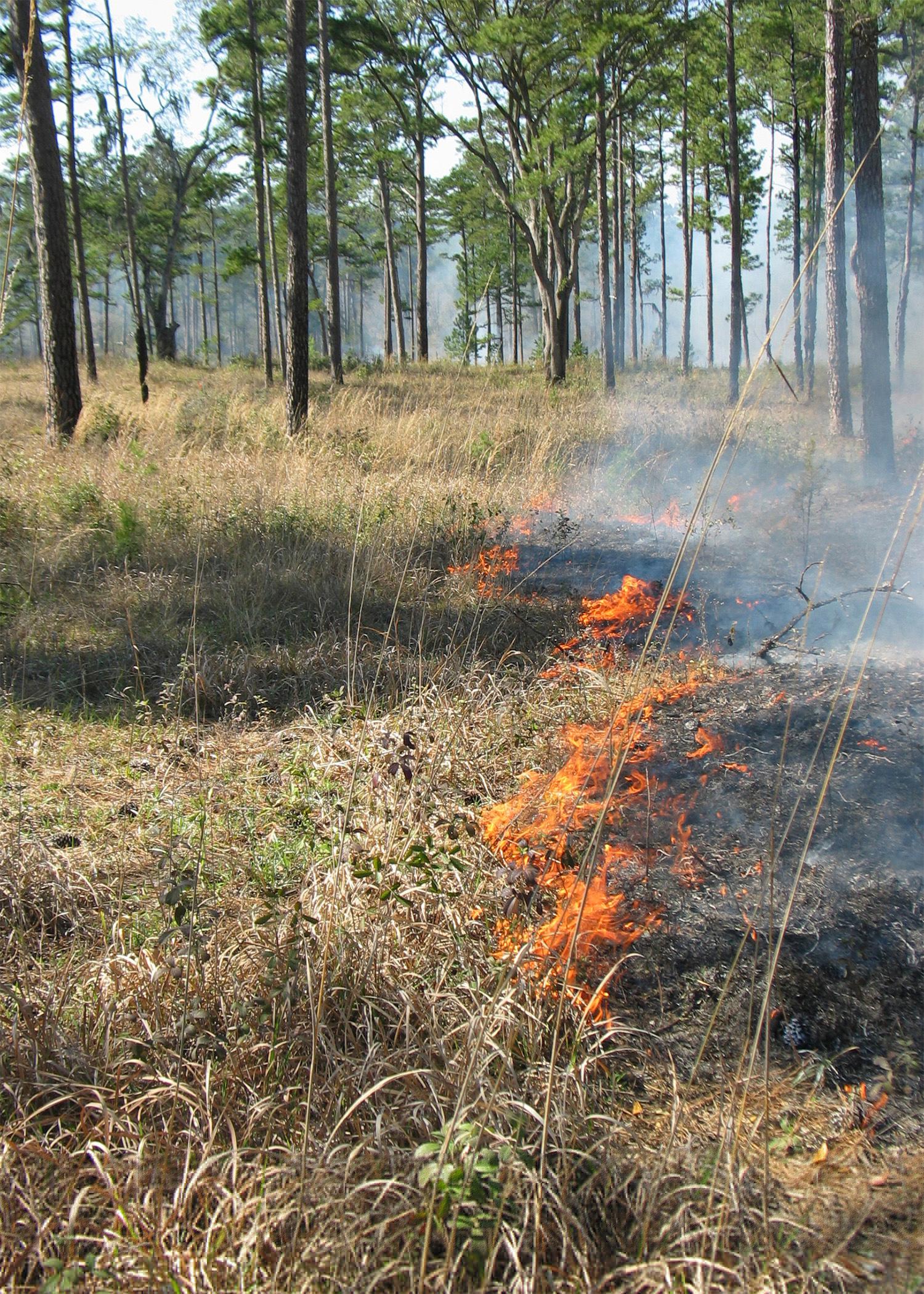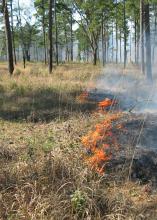Information Possibly Outdated
The information presented on this page was originally released on January 15, 2016. It may not be outdated, but please search our site for more current information. If you plan to quote or reference this information in a publication, please check with the Extension specialist or author before proceeding.
Follow MSU tips for safe, legal burning
STARKVILLE, Miss. -- It is becoming routine for the nightly news to broadcast video of enormous fires roaring through Western forests, destroying homes and devastating thousands of acres of trees.

Humans have been using fire to change the landscape for thousands of years. Native Americans set fires to improve habitat for the game animals they depended upon for food and materials. European settlers saw the benefits of this practice and continued to burn the forests and prairies regularly.
Unlike uncontrolled wild fires, low-intensity fires remove smaller woody plants, dead leaves and grass. This process allows sunlight to reach the ground, opens up space for new plants and adds nutrients to the soil. Rabbits, deer, turkey, quail and many songbirds benefit from the habitat changes that follow controlled burns.
But before you grab a box of matches and head out to burn your favorite hunting spot, there are some things you need to know. When Native Americans and early European settlers were burning their hunting grounds, there were fewer people living in the U.S. Today’s landowners and land managers need to consider the liability of prescribed fire and the impact it might have on those around them.
Fortunately for those in the Southeast, the law recognizes prescribed burning as a legal activity with ecological and social benefits. There is also some limited liability protection for damages and injuries that might result from smoke or fire if no negligence is proven. Most burn legislation requires some conditions be met in order to benefit from this legal protection, including the following.
- A Certified Prescribed Burn Manager must start the fire and remain on site until the fire is completely out. This person must have training in fire behavior, smoke management and safety, as well as experience conducting prescribed fires.
- A burn plan should be written and carefully followed. The detailed plan should include a map and description of the acreage to be burned, burn date and time, and desired weather conditions. It should also describe the personnel and equipment that will be used and the potential impacts on smoke-sensitive areas, such as roads, hospitals and neighborhoods. The burn manager’s signature and certification number also need to be included.
- Permission is needed from the agency with regulatory authority over prescribed fires. In Mississippi, this is the Mississippi Forestry Commission. The agency will issue a burn permit that defines when and how the burn must be conducted. If conditions change -- for example, the weather changes and the fire could become dangerous -- a permit can be cancelled.
Fire is a natural process that has long benefitted wildlife. Landowners can legally use this tool to improve habitat on their property. This article is meant to provide only general information on prescribed burning. Be sure to research and follow state laws before starting any fires. Failure to comply with the law will open landowners and land managers to more liability. For more information on Mississippi burn laws, go to http://www.mfc.ms.gov.

Editor’s Note: Extension Outdoors is a column authored by several different experts in the Mississippi State University Extension Service.










